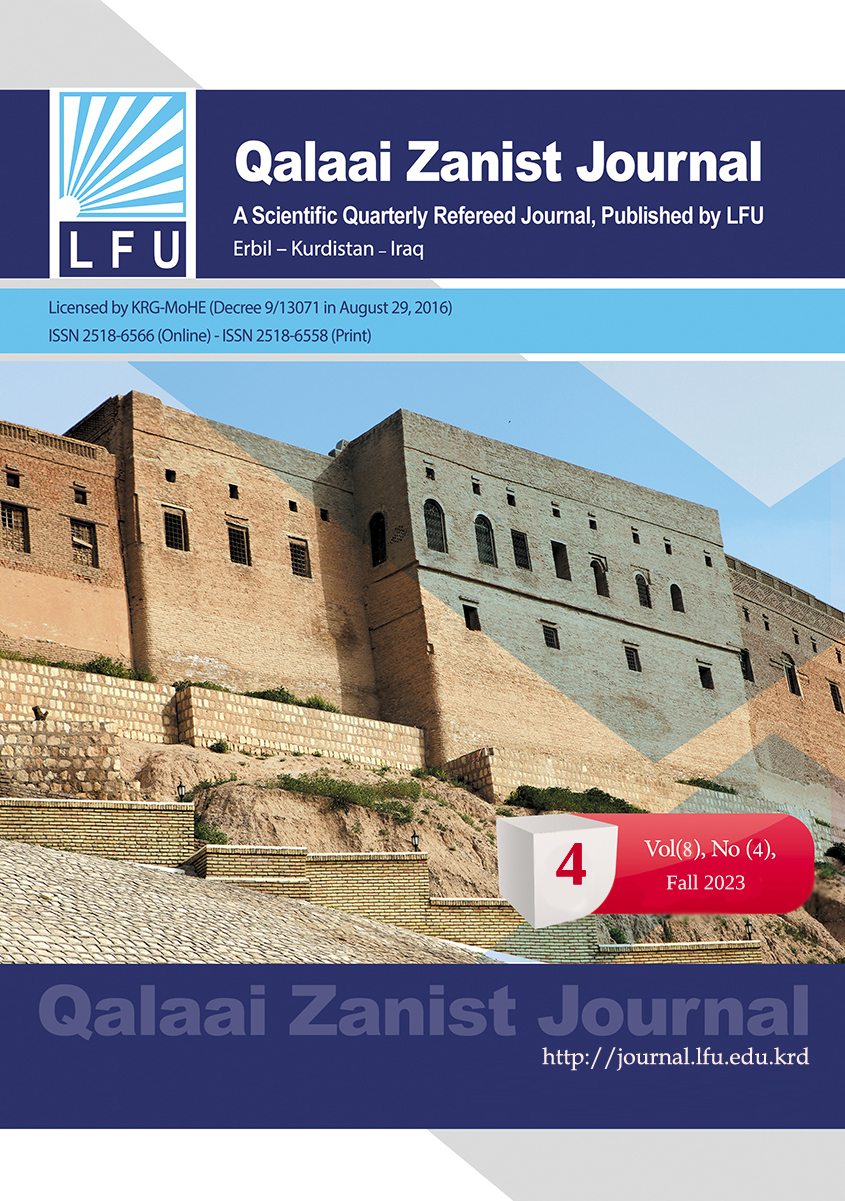Types and Sources of Difficulties in English Number-related Idioms Kurdish Students Encounter in Oral Communication
##plugins.themes.bootstrap3.article.main##
Abstract
Native speakers’ spontaneous use, recognition, and comprehension of idioms without thinking of the figurative and metaphorical meaning is not a matter of surprise; whereas, it is natural for non-natives. Many English learners lack adequate competency in recognizing, understanding, and using number-related idioms. This study aims to explore the types and sources of difficulties that Kurdish undergraduates encounter in number-related idioms in speaking productions on the one hand and identify the relationship between gender and the type of difficulties on the other. The subjects are 170 male and female English major university students from the departments of English language at Faculties of Education and Arts of many Universities in Kurdistan Regional Government. Two data collection instruments, a closed-ended questionnaire of a 5- Point Likert Scale to explore the types and sources of difficulties the participants face and two sets of multiple- choice tests were employed to know their ability of numerical idiom understanding and recognition. The tests composed of ten cardinal number-related idiomatic expressions from one to ten were subjected to the analyses which are at the beginning, middle, and end of the test items respectively. The results revealed that the participants have difficulties mostly in understanding number-related idioms and their sources of difficulties were various. The participants performed better in understanding number-related idioms in the tests rather than their recognition. It was also concluded that gender has no relation with the types of difficulties.
Downloads
##plugins.themes.bootstrap3.article.details##
How to Cite
Copyright (c) 2023 Paiman Zorab Azeez

This work is licensed under a Creative Commons Attribution 4.0 International License.

